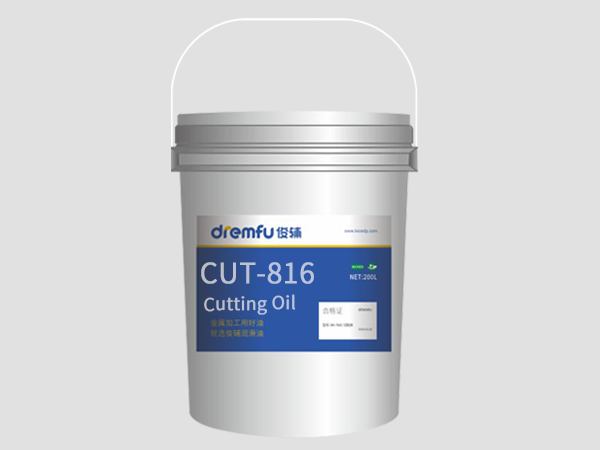2025-08-21 15:28:57
In modern machining,the use of cutting lubricant for steel is essential to reduce friction,control temperature,and extend tool life.However,the effectiveness of a lubricant does not only depend on its formulation but also on how it is maintained.Without proper care,Cutting Fluids can degrade,become contaminated,and eventually lose performance.This leads to poor machining results,higher tool wear,and increased costs.Understanding how to maintain cutting lubricant for steel is therefore a key factor in sustainable and efficient manufacturing.
Why Maintenance of Cutting Lubricant for Steel Matters
When machining steel,heat and pressure are significantly higher compared to softer metals.Cutting lubricants help manage these challenges,but over time,they may accumulate dirt,metal fines,and microbial growth.If maintenance is neglected,issues such as foaming,unpleasant odors,reduced lubricity,and even corrosion of workpieces can occur.Maintaining cutting lubricant for steel not only protects the fluid itself but also safeguards the tools,machines,and overall production quality.
Common Sources of Contamination
Metal Chips and Fines–Tiny steel particles can remain suspended in the lubricant and cause abrasive wear.
Tramp Oil–Leakage of hydraulic or way oils into the Cutting Fluid,reducing cooling and lubricating performance.
Microbial Growth–Bacteria and fungi thrive in poorly maintained water-based lubricants,leading to foul smell and health risks.
Chemical Instability–Over time,additives in cutting lubricants for steel may break down,reducing their effectiveness.
Best Practices for Maintaining Cutting Lubricant for Steel
1.Regular Filtration
Installing filters or separators helps remove chips,fines,and dirt from the Cutting Fluid.This prevents abrasive particles from damaging both the tool and the workpiece.For high-precision steel machining,fine filtration is strongly recommended.
2.Monitoring Concentration Levels
The performance of cutting lubricant for steel depends on the correct concentration ratio.Too low,and it loses lubricity and corrosion protection;too high,and it may cause sticky residues or excessive foaming.Regular measurement with a refractometer ensures consistent concentration.
3.Controlling Tramp Oil
Tramp oil contamination is a common problem.Skimmers,coalescers,or magnetic separators should be used to remove these unwanted oils.By doing so,the coolant remains stable,and tool life is improved.
4.Preventing Microbial Growth
Water-based Cutting Fluids are especially vulnerable to bacteria and fungi.To prevent microbial contamination:
Maintain pH between recommended levels(typically 8.5–9.5).
Use biocides if necessary.
Ensure tanks and sumps are regularly cleaned.
5.Scheduled Fluid Replacement
Even with excellent maintenance,cutting lubricant for steel has a finite service life.Implementing a replacement schedule prevents unexpected failures and ensures machining reliability.

Signs That Cutting Lubricant for Steel Needs Attention
Strong odors indicating bacterial contamination
Excessive foam in the sump or during machining
Visible oil layers floating on the surface
Corrosion or rust appearing on steel parts
Increased tool wear despite proper cutting conditions
Recognizing these signs early allows manufacturers to take corrective action before major losses occur.
Environmental and Cost Benefits of Proper Maintenance
Well-maintained cutting lubricants not only ensure high machining quality but also reduce overall costs.Extended fluid life means fewer purchases,less waste disposal,and improved compliance with environmental regulations.Additionally,reducing contamination lowers the risk of machine downtime and defective steel parts,ultimately improving productivity.
The value of cutting lubricant for steel extends far beyond its initial selection.Proper maintenance is the key to preserving its cooling,lubricating,and protective properties.By applying best practices such as regular filtration,concentration monitoring,tramp oil control,and microbial prevention,manufacturers can maximize both tool life and machining efficiency.In today’s competitive manufacturing environment,maintaining cutting lubricants is not an option—it is a necessity for quality and cost-effective steel machining.